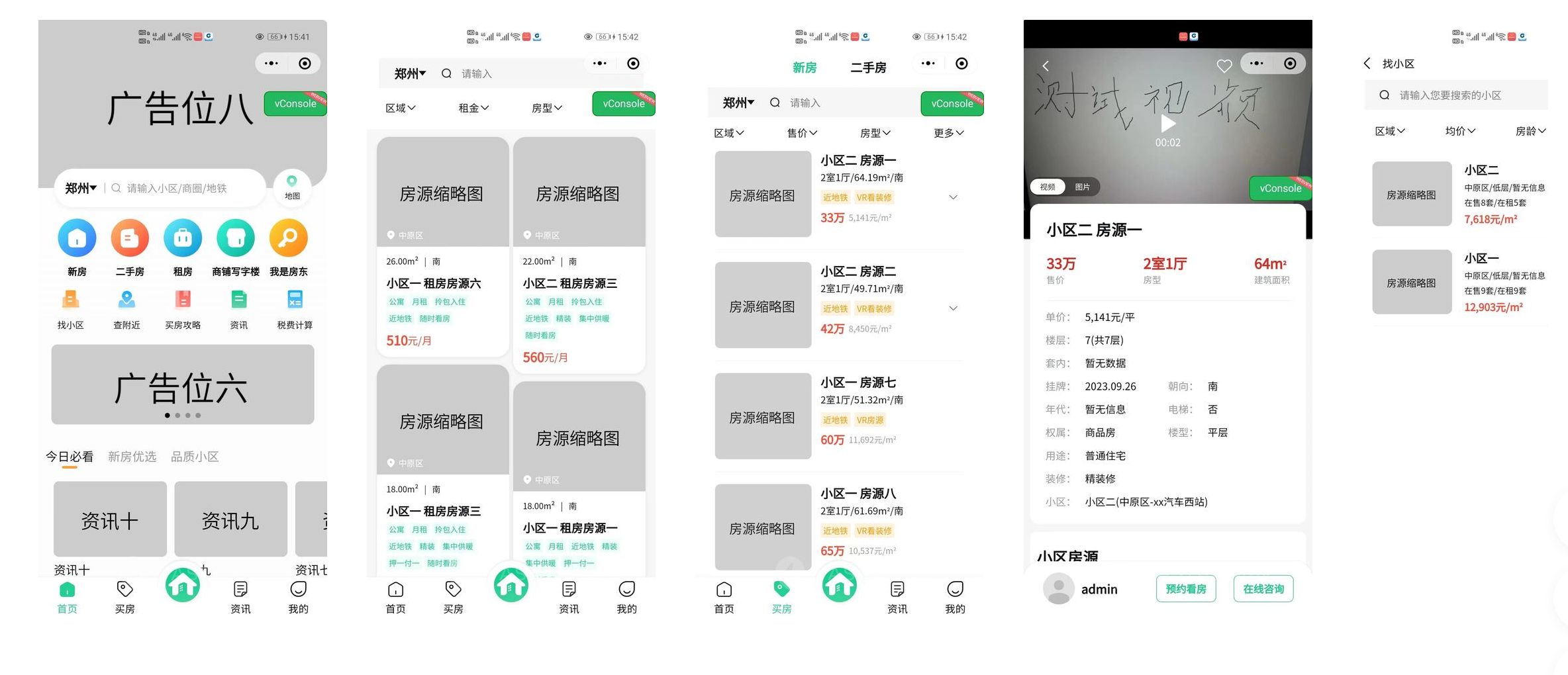
文章目录
- 💯前言
- 💯Midjourney中的色彩控制
- 为什么要控制色彩?
- 为什么要在Midjourney中控制色彩?
- 💯色调
- 纯色调
- 灰色调
- 暗色调
- 💯小结

💯前言
【AI绘画】Midjourney进阶:色相详解 https://blog.csdn.net/2201_75539691?type=blog
【AI绘画】Midjourney进阶:色调详解(上) https://blog.csdn.net/2201_75539691?type=blog
- 在上一篇文章中,我们详细探讨了色相的基本概念和
运用。而色相作为色彩的基础,虽然能帮助我们区分颜色的种类,但它并不能完全满足实际创作中的需求。尤其在 AI绘画中,颜色的呈现往往需要更加精细的调控,颜色的表达也需要超越单纯的“色相”维度。例如,当我们谈到蓝色时,仅仅知道它是蓝色并不足够。在不同的创作场景中,蓝色可以呈现为淡蓝、深蓝、灰蓝或纯蓝等多种形式,而每一种形式都能传递不同的氛围与视觉感受。
对这些变化的理解与运用,其实是对色调的掌握。色调可以看作是颜色的性格特征,它为画面提供了更多的表达可能性。色调通常分为六种:白色调、淡色调、明色调、纯色调、灰色调和暗色调。即便没有设计经验,只要掌握基本的色调知识,也能有效提升对色彩的控制力。
Midjourney官方使用手册

💯Midjourney中的色彩控制
- 在 Midjourney 中,色彩控制是设计过程中的一个重要环节。无论是为了增强视觉冲击力还是准确传达设计理念,合理的
色彩选择都能为设计增添情感和深度,帮助我们更好地传递信息,影响观众的情绪反应。illustration, pure toned, 8k, ultra details --ar 16:9
为什么要控制色彩?
- 控制色彩的本质是为了更精准地影响情感,准确传达我们想要表达的信息。色彩设计不仅仅是选择一种
视觉上的搭配,更是影响人们心理感受的关键因素。illustration, grey toned, 8k, ultra details --ar 16:9
- 在设计中,色彩常常被称作无声的催眠。合理的色彩搭配可以让设计语言更加有力地表达,增强其对
受众的吸引力。illustration, dark toned, 8k, ultra details --ar 16:9
- 如果在设计中没有选对合适的配色,那么可能不仅无法准确地传达设计目的,甚至可能与
原意背道而驰,让整体设计的美感和意义大打折扣。illustration, bright-toned, 8k, ultra details --ar 16:9
为什么要在Midjourney中控制色彩?
-
在 Midjourney 中,系统通常会根据主题自动进行配色,尤其是在一些灵感探索类的设计中,自动配色常常可以带来不错的结果。
这种自动配色的优点是,可以帮助设计者节省配色上的精力,减少因为色彩搭配不当而带来的问题。然而,这种自动化的配色也有一定的不足:- 它的缺点在于,可能会掩盖设计中的不足之处。
- 一旦出现
配色问题,自动配色也无法提供有效的提示,从而使设计者难以发现问题所在。
A luxurious and elegant composition with a bright-toned gold and black theme, intricate details, soft glowing highlights, polished metallic textures, sophisticated geometric patterns, a sense of depth and refinement, ultra-realistic and cinematic lighting, perfect for a high-end cover design --ar 16:9 --q 2
-
在实际的设计场景中,我们往往会有更具体的配色需求。例如:
- 有时是客户对某种颜色有明确的要求;
- 或者在概念和创意阶段已经确定了特定的
颜色方案; - 亦或是设计中的某些元素必须使用特定颜色。
在这些情况下,设计师需要精确地控制色彩,而不是完全依赖自动配色来完成整个设计。
A vibrant and futuristic scene with a bright-toned neon purple and cyan glow, intricate geometric patterns, shimmering metallic textures, dynamic lighting, cosmic energy waves, ultra-detailed and vividly colorful, showcasing a dazzling and high-tech aesthetic --ar 16:9 --q 2
- 通过 Midjourney 中的配色控制,我们能够把握设计中每一个元素的色彩,使其与整体的
设计理念相一致,达到理想的设计效果。
总的来说,在 Midjourney 中控制色彩,既可以在灵活运用系统自动配色的优点中得以解放,又可以在特定的需求下实现更加专业和精细的控制。这样的配色方法可以帮助我们实现更加优秀的设计成果。illustration, light-toned blue, 8k, ultra details --ar 16:9
💯色调
- 色调是色彩的重要组成部分,它决定了画面的整体氛围和情感表达的深度。通过调节颜色的明暗、
纯度或混合程度,不同的色调能够传递截然不同的视觉感受和情绪,例如纯净的白色调、柔和的淡色调或厚重的暗色调。了解并灵活运用色调,可以让创作者在视觉设计中更精准地实现目标表达,赋予作品更多的层次感和感染力。

纯色调
提示词:pure <color>

优点:
- 刺激与直接:
纯色调通常色彩浓烈且饱和,能够在视觉上立即抓住观众的注意力,非常适合用于突出主体的设计,传达一种强烈的视觉冲击。A pure red and black composition, bold and striking, featuring intense contrast and sharp edges, instantly capturing attention, with dramatic lighting and a focus on the central subject, delivering a powerful and high-impact visual statement --ar 16:9 --q 2
- 活力与促销:
这种调性具备非常高的能量和感染力,可以传达出年轻、活泼、充满活力的感觉,非常适合用于促销、广告等需要传递激情和紧迫感的场合。A pure orange and white theme, vibrant and energetic, radiating positivity and youthful energy, with clean lines, smooth gradients, and an emphasis on dynamic shapes, ideal for conveying enthusiasm and urgency in promotional designs --ar 3:2 --q 2
缺点:
- 廉价感:
由于纯色调的强烈刺激性,如果使用不当,容易给人留下廉价、过于简单的印象,缺乏细腻和内涵。A pure yellow and red composition, overly saturated and garish, with harsh contrasts and basic shapes, lacking subtlety and refinement, resulting in a cheap and overly simplistic impression --ar 16:9 --q 2
- 缺少品质感:
纯色调可能缺乏高端和精致感,特别是在需要传达优雅或高级质感的场合,这种调性可能显得有些失衡。A pure bright green design, excessively vivid and unbalanced, with flat textures and an overly bold presentation, failing to convey elegance or luxury, appearing unpolished and lacking sophistication --ar 3:2 --q 2
灰色调
提示词:grey-toned <color>

优点:
- 成熟与稳重:
灰色调表现出一种成熟、稳重的特质,非常适合用于需要传达稳定、可靠感的设计,例如金融、咨询等行业。A grey-toned slate grey composition, evoking a sense of maturity and reliability, with clean lines, minimalistic design, soft shadows, and a professional, stable atmosphere, perfect for corporate or financial themes --ar 16:9 --q 2
- 优雅与文艺:
带有灰调的颜色往往看起来柔和而含蓄,具有很强的艺术感和优雅气质,适用于需要低调和品味的场合,比如室内设计、摄影等。A grey-toned dove grey and lavender palette, soft and understated, creating a sense of refined elegance and subtle artistry, featuring smooth textures, delicate lighting, and a sophisticated, tasteful aesthetic --ar 3:2 --q 2
缺点:
- 晦暗:
灰色调虽然成熟,但如果过度使用,会导致画面显得晦暗而缺乏生气,可能会削弱作品的活力,显得沉闷。A grey-toned dark ash grey scene, overly subdued and lifeless, with minimal contrast and flat lighting, creating a gloomy and heavy atmosphere that lacks vibrancy and energy, resulting in a dull and uninspiring visual --ar 16:9 --q 2
暗色调
提示词:dark-toned <color>

优点:
- 品质与历史感:
暗色调往往传递出一种厚重、经典的质感,能够有效地表现出产品的高品质和历史沉淀感,适用于古典风格的设计或者需要体现深度的作品。A dark-toned burgundy red composition, rich and elegant, evoking a sense of history and timeless quality, featuring antique textures, intricate details, and warm, muted lighting, perfect for classic and high-quality product designs --ar 16:9 --q 2
- 厚重与力量:
暗色调可以表现力量、庄重和坚实,非常适合用于需要传递权威感的设计,比如徽章、盾牌等标志性元素。A dark-toned navy blue theme, bold and authoritative, conveying power and reliability, with strong contrasts, clean geometric shapes, and a professional, corporate aesthetic, ideal for logos and branding designs --ar 3:2 --q 2
- 古典与奢侈:
这种调性也能够传达出一种奢华和经典的感觉,特别适用于高端时尚、豪华品牌等强调尊贵感的视觉设计。A dark-toned emerald green design, luxurious and refined, showcasing a sense of opulence and timeless elegance, with velvet-like textures, golden accents, and soft, ambient lighting, perfect for high-end fashion or luxury branding --ar 2:3 --q 2
缺点:
- 压抑与阴暗:
暗色调在视觉上容易产生压抑感,如果使用过多,会让画面显得过于沉重,缺乏温暖和亲和力。A dark-toned charcoal black scene, overly heavy and somber, with minimal highlights and muted tones, creating a cold and oppressive atmosphere, lacking warmth and approachability --ar 16:9 --q 2
-
危险感:
暗色调可能会让人联想到危险、不安的情绪,尤其在没有搭配其他色彩的情况下,这种调性可能让人感到疏离。A dark-toned crimson red design, overly intense and unsettling, with stark contrasts and shadowy textures, evoking a sense of danger and unease, creating a visually jarring and distant impression --ar 3:2 --q 2
💯小结
 色彩在视觉设计中扮演着至关重要的角色,而色调则赋予了色彩更深层次的表达能力。从白色调的纯净简约,到淡色调的轻盈柔和,再到明色调的活力张扬、纯色调的视觉冲击、灰色调的稳重优雅以及暗色调的厚重经典,不同的色调为创作者提供了多样化的表达工具。在 AI绘画工具如 Midjourney 中,灵活运用这些色调,不仅可以准确传达设计意图,还能有效影响观众的情绪和感受。
色彩在视觉设计中扮演着至关重要的角色,而色调则赋予了色彩更深层次的表达能力。从白色调的纯净简约,到淡色调的轻盈柔和,再到明色调的活力张扬、纯色调的视觉冲击、灰色调的稳重优雅以及暗色调的厚重经典,不同的色调为创作者提供了多样化的表达工具。在 AI绘画工具如 Midjourney 中,灵活运用这些色调,不仅可以准确传达设计意图,还能有效影响观众的情绪和感受。
然而,不同色调各有优劣,需结合具体的设计需求合理选择。例如,明色调适合传递活力,但可能欠缺高级感;灰色调能传达优雅稳重,却可能显得晦暗无趣。通过深入理解色调特性并灵活搭配,设计师可以创造出既符合主题又富有视觉张力的作品,达成更高层次的设计目标。色调的运用不仅是对视觉表达的细致优化,也是提升设计质量的重要一步。
import torch, torchvision.transforms as transforms; from torchvision.models import vgg19; import torch.nn.functional as F; from PIL import Image; import matplotlib.pyplot as plt; class StyleTransferModel(torch.nn.Module): def __init__(self): super(StyleTransferModel, self).__init__(); self.vgg = vgg19(pretrained=True).features; for param in self.vgg.parameters(): param.requires_grad_(False); def forward(self, x): layers = {'0': 'conv1_1', '5': 'conv2_1', '10': 'conv3_1', '19': 'conv4_1', '21': 'conv4_2', '28': 'conv5_1'}; features = {}; for name, layer in self.vgg._modules.items(): x = layer(x); if name in layers: features[layers[name]] = x; return features; def load_image(img_path, max_size=400, shape=None): image = Image.open(img_path).convert('RGB'); if max(image.size) > max_size: size = max_size; else: size = max(image.size); if shape is not None: size = shape; in_transform = transforms.Compose([transforms.Resize((size, size)), transforms.ToTensor(), transforms.Normalize((0.485, 0.456, 0.406), (0.229, 0.224, 0.225))]); image = in_transform(image)[:3, :, :].unsqueeze(0); return image; def im_convert(tensor): image = tensor.to('cpu').clone().detach(); image = image.numpy().squeeze(); image = image.transpose(1, 2, 0); image = image * (0.229, 0.224, 0.225) + (0.485, 0.456, 0.406); image = image.clip(0, 1); return image; def gram_matrix(tensor): _, d, h, w = tensor.size(); tensor = tensor.view(d, h * w); gram = torch.mm(tensor, tensor.t()); return gram; content = load_image('content.jpg').to('cuda'); style = load_image('style.jpg', shape=content.shape[-2:]).to('cuda'); model = StyleTransferModel().to('cuda'); style_features = model(style); content_features = model(content); style_grams = {layer: gram_matrix(style_features[layer]) for layer in style_features}; target = content.clone().requires_grad_(True).to('cuda'); style_weights = {'conv1_1': 1.0, 'conv2_1': 0.8, 'conv3_1': 0.5, 'conv4_1': 0.3, 'conv5_1': 0.1}; content_weight = 1e4; style_weight = 1e2; optimizer = torch.optim.Adam([target], lr=0.003); for i in range(1, 3001): target_features = model(target); content_loss = F.mse_loss(target_features['conv4_2'], content_features['conv4_2']); style_loss = 0; for layer in style_weights: target_feature = target_features[layer]; target_gram = gram_matrix(target_feature); style_gram = style_grams[layer]; layer_style_loss = style_weights[layer] * F.mse_loss(target_gram, style_gram); b, c, h, w = target_feature.shape; style_loss += layer_style_loss / (c * h * w); total_loss = content_weight * content_loss + style_weight * style_loss; optimizer.zero_grad(); total_loss.backward(); optimizer.step(); if i % 500 == 0: print('Iteration {}, Total loss: {}'.format(i, total_loss.item())); plt.imshow(im_convert(target)); plt.axis('off'); plt.show()



















